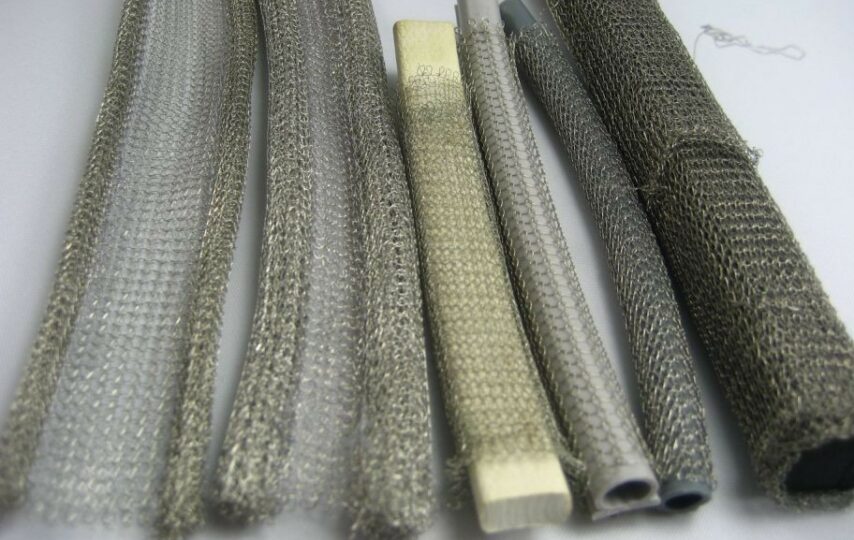Introduction: As technology continues to advance, electronic devices are becoming smaller, more complex, and more vulnerable to electromagnetic interference (EMI) and radio frequency interference (RFI). To protect these devices from the harmful effects of EMI and RFI, it is important to use EMI gaskets. However, with so many different types of EMI gasket materials available, choosing the right one for your specific application can be a challenge. In this article, we will discuss the different types of EMI gasket materials and the factors you should consider when choosing the right one for your application.
Types of EMI Gasket Materials:
- Conductive Elastomers: Conductive elastomers are made from a combination of conductive materials and elastomers. They are highly effective at blocking EMI and RFI and are ideal for applications where high shielding effectiveness is required. Conductive elastomers are also very flexible and can be molded into complex shapes, making them ideal for applications where space is limited.
- Conductive Foam: Conductive foam is a soft, spongy material that is highly effective at blocking EMI and RFI. It is ideal for applications where the EMI gasket must conform to irregular surfaces and provide a tight, consistent seal. Conductive foam is also very durable and can withstand repeated compression and release without losing its shielding effectiveness.
- Metallic-Coated Fabrics: Metallic-coated fabrics are made by coating a non-conductive fabric with a conductive material, such as copper or silver. They are ideal for applications where the EMI gasket must be flexible and conform to irregular surfaces. Metallic-coated fabrics are also very durable and can withstand repeated bending and twisting without losing their shielding effectiveness.
Factors to Consider When Choosing an EMI Gasket Material:
- Shielding Effectiveness: The shielding effectiveness of an EMI gasket is a measure of its ability to block EMI and RFI. When choosing an EMI gasket material, you should consider the level of shielding effectiveness required for your specific application.
- Environmental Conditions: EMI gaskets are subject to a wide range of environmental conditions, including temperature, humidity, and exposure to chemicals. When choosing an EMI gasket material, you should consider the environmental conditions it will be exposed to and select a material that is suitable for those conditions.
- Physical Characteristics: The physical characteristics of an EMI gasket, such as flexibility and durability, are important factors to consider when choosing an EMI gasket material. You should choose a material that is suitable for your specific application and that can withstand the physical demands of your application.
- Cost: The cost of EMI gasket materials can vary widely, from a few cents per unit to several dollars. When choosing an EMI gasket material, you should consider your budget and choose a material that provides the best value for your money.
Conclusion: In conclusion, choosing the right EMI gasket material for your specific application is crucial for ensuring that your electronic device is protected from the harmful effects of EMI and RFI. When making your selection, you should consider the shielding effectiveness, environmental conditions, physical characteristics, and cost of the different types of EMI gasket materials. By carefully considering these factors, you can select the EMI gasket material that is best suited for your specific application and ensure that your electronic device performs at its best.








